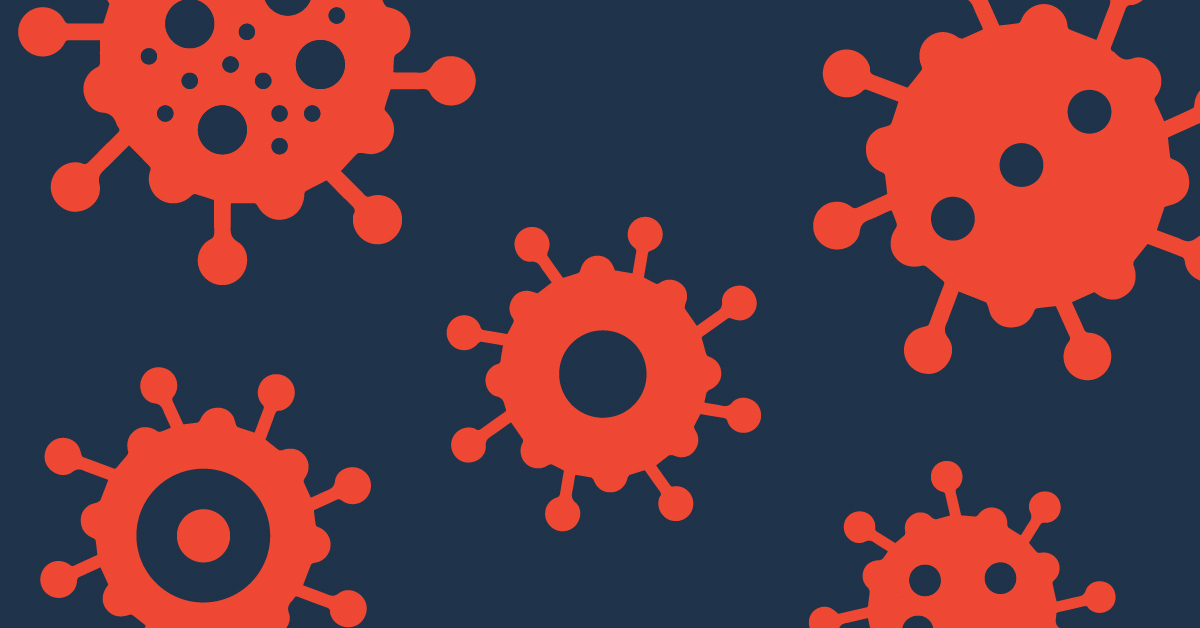December 1 is World AIDS Day, an opportunity for people worldwide to unite in the fight against human immunodeficiency virus (HIV), to show support for people living with HIV, and to commemorate those who have died from an acquired immune deficiency syndrome (AIDS)-related illness.
Tez Anderson can still remember the moment when doctors told him he was HIV-positive. It was the 1980s, and the AIDS crisis was in full swing.
“Life felt like a war zone,” Anderson said. “You’d meet someone perfectly healthy one week, and a few weeks later, you’d read their obituary. Leaving the health clinic with a positive diagnosis was like walking back out into Oz. I was certain I was going to die.”
Tez’s reaction is representative of the time. When scientists first isolated and identified the virus that causes AIDS in 1983, a diagnosis could carry a life expectancy of months. It wasn’t for another four years that the U.S. Food and Drug Administration (FDA) approved the first treatment, an antiretroviral medicine initially developed to treat cancer that was found to slow the progression of AIDS in advanced cases. When the FDA approved it for use in 1987, the medicine marked the first significant step in the mission to tackle the rapidly expanding epidemic, which affected 100,000 patients in the United States by 1989.



